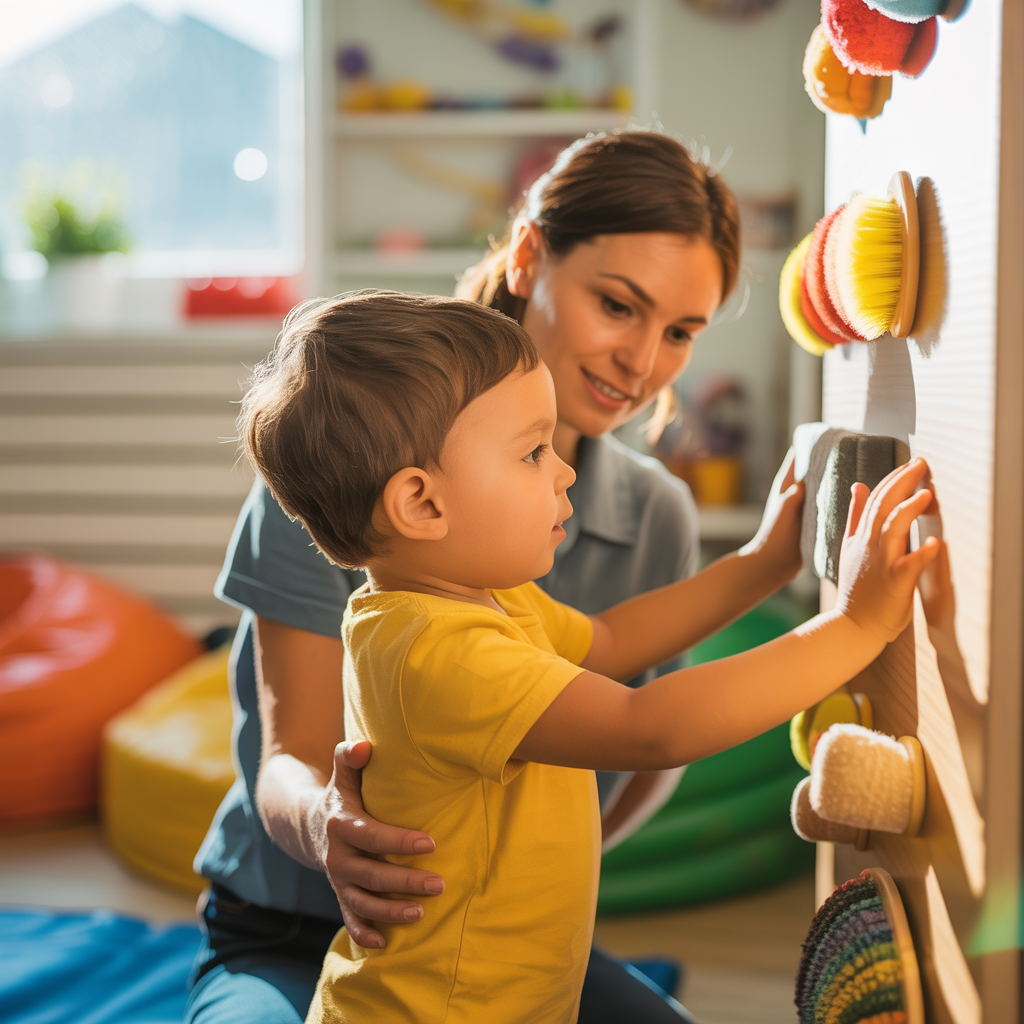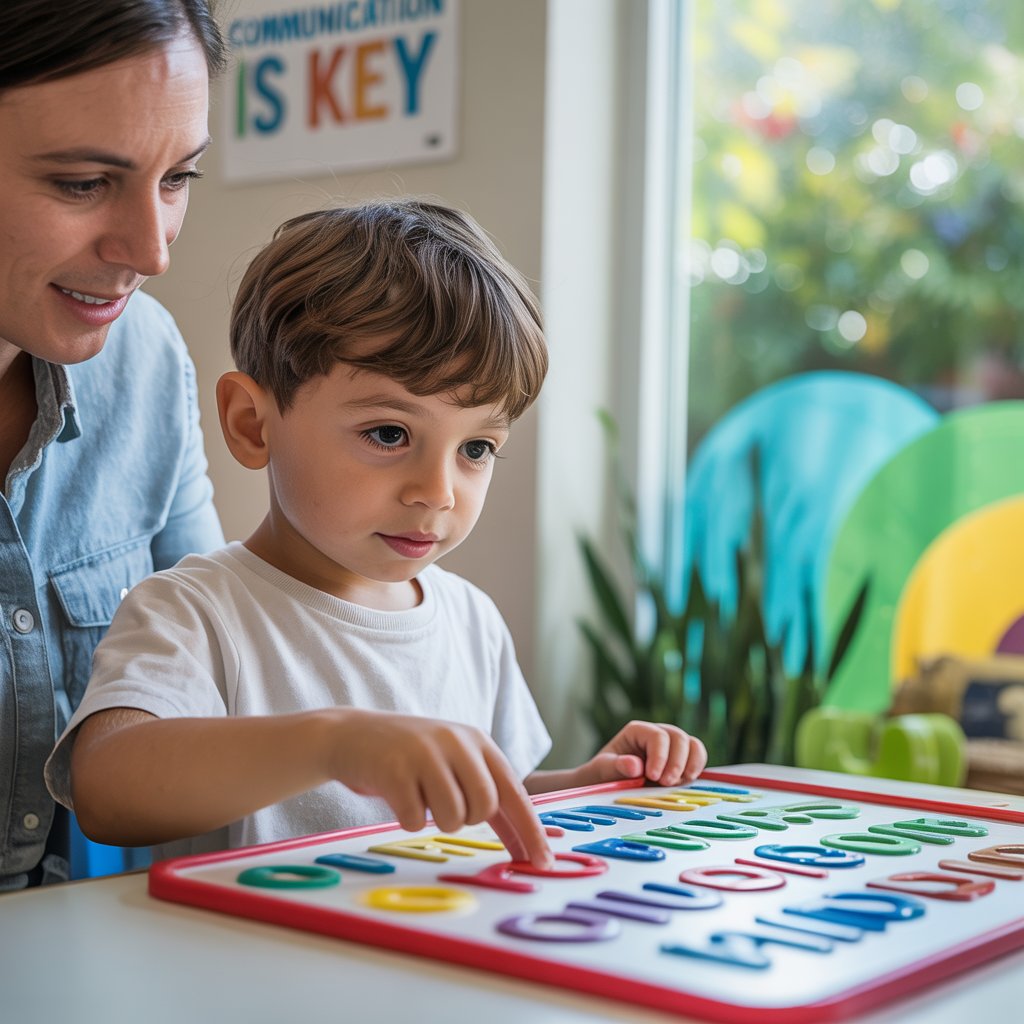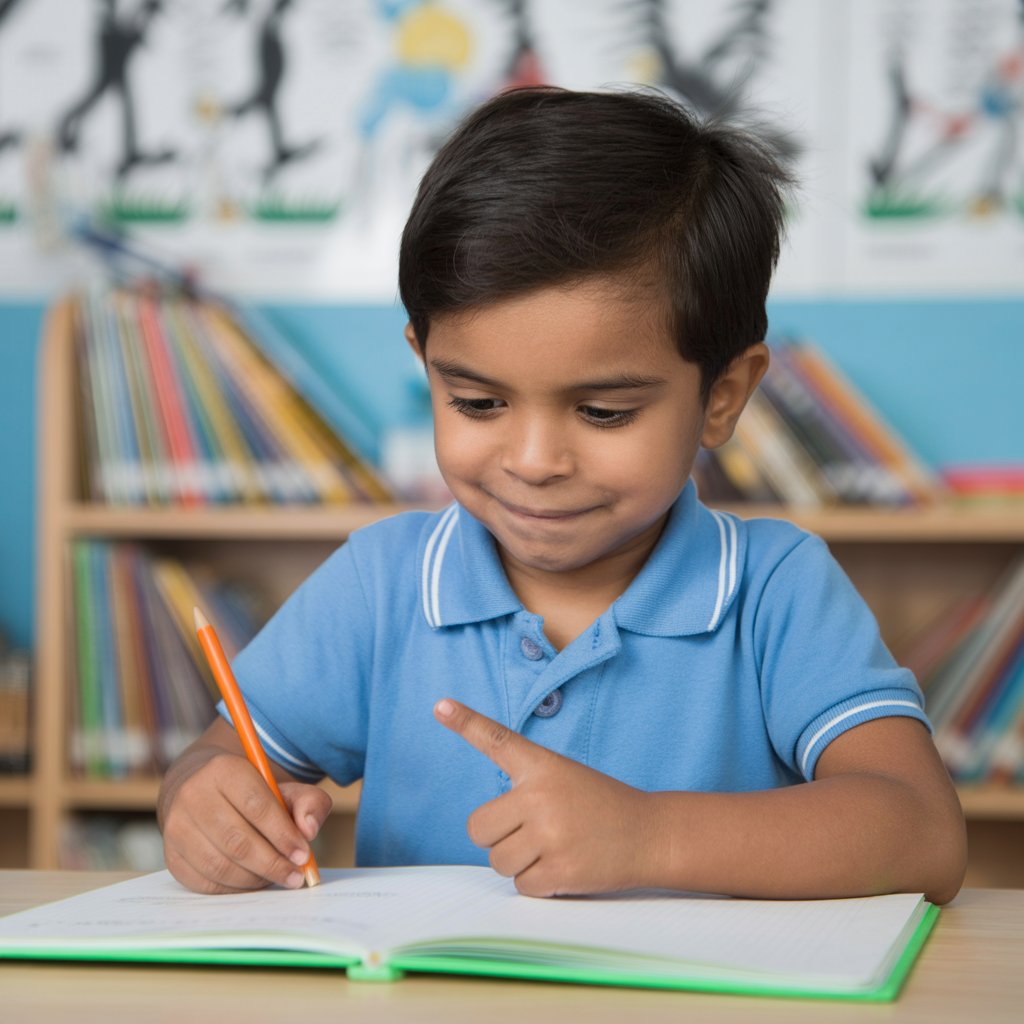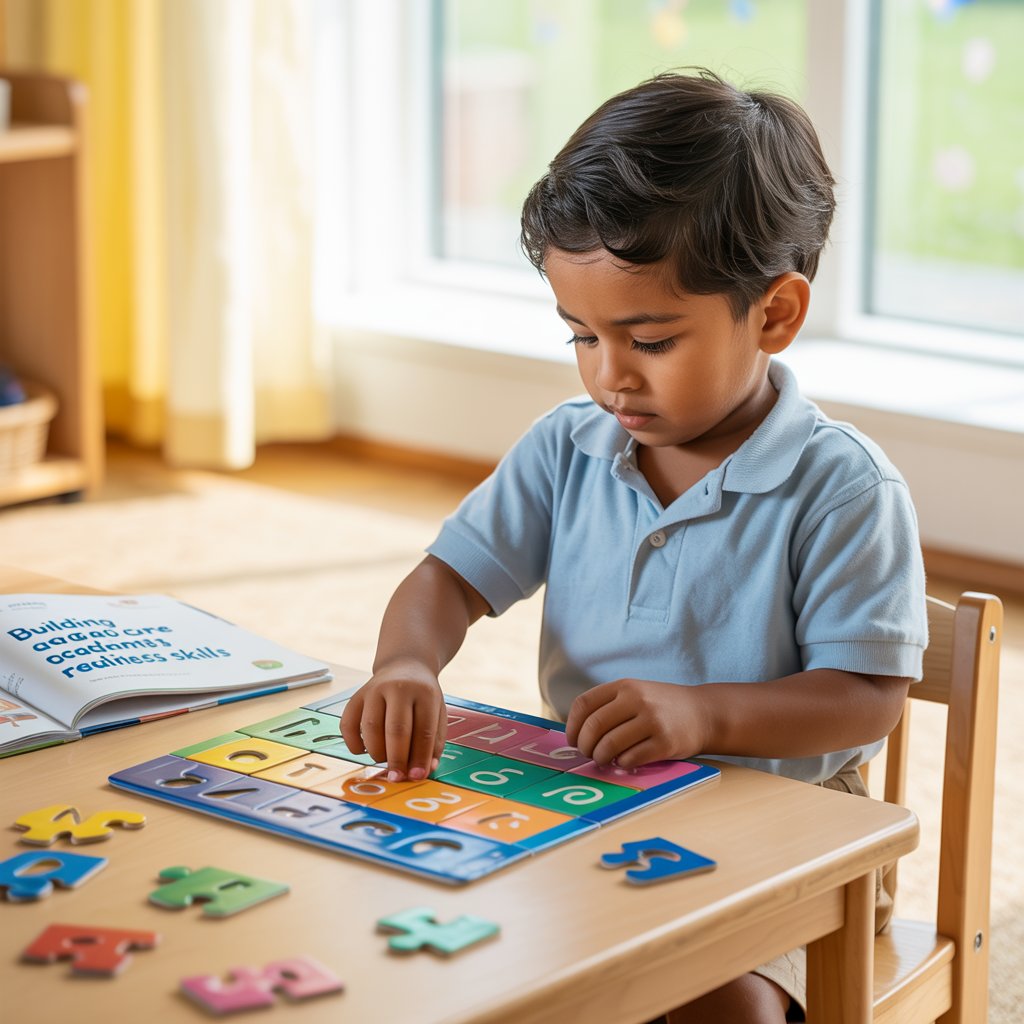Understanding Sleep Challenges in Autistic Children

Sleep problems hit autistic kids hard - about 80% of them struggle compared to just 25% of neurotypical children. It's not just occasional bad nights, either.
The most common sleep issues include:
- Insomnia: Many autistic children fight bedtime like it's their job, taking forever to fall asleep or waking up throughout the night
- Irregular sleep patterns: Their internal clocks often run differently, causing odd sleep schedules that don't match family routines
- Sleep apnea: Studies show autistic kids have higher rates of breathing problems during sleep
- Parasomnia: Night terrors, sleepwalking, and talking during sleep happen more frequently
- Early waking: Many parents know the pain of a wide-awake child at 4 AM who's ready to start the day
These aren't just occasional problems. For many families, they become exhausting nightly battles that wear everyone down.
How sleep patterns differ from neurotypical children
The sleep architecture in autistic children often looks completely different from their peers. Their brains process sleep differently.
Autistic children typically:
- Spend less time in REM sleep (the dream stage essential for emotional processing)
- Have more frequent night wakings
- Show unusual EEG patterns during sleep studies
- Take longer to enter deep sleep stages
- Have shorter overall sleep duration - often 30-60 minutes less per night
Many autistic kids also struggle with sleep onset - the transition from wakefulness to sleep. Their brains might stay in high-alert mode, making it nearly impossible to drift off without support.

The impact of sensory sensitivities on sleep quality
Ever tried sleeping in a room that's too bright, too noisy, or with scratchy sheets? That's everyday life for many autistic children.
Sensory processing differences profoundly impact sleep:
- Hypersensitivity to sound: Even tiny noises like a clock ticking or distant traffic can prevent sleep
- Visual sensitivities: Small amounts of light from electronics or through curtains can feel overwhelming
- Tactile sensitivities: Pajama tags, seams, or certain fabric textures can cause genuine distress
- Temperature regulation issues: Many autistic children have narrow comfort zones for temperature
- Proprioceptive needs: Some kids need deep pressure to calm their nervous system enough for sleep
Parents often discover their child sleeps better with specific accommodations like weighted blankets, white noise machines, blackout curtains, or specially designed sensory-friendly pajamas.
Connection between sleep problems and behavioral issues
Sleep and behavior form a frustrating cycle for autistic children. Poor sleep worsens daytime behaviors, which then make sleep even harder the next night.
Research clearly shows that sleep-deprived autistic children experience:
- Increased stimming behaviors
- Greater sensory sensitivities during the day
- More frequent meltdowns and emotional dysregulation
- Reduced ability to handle transitions or changes
- Decreased focus and learning capacity
- More intense special interest fixations
- Heightened anxiety levels
One study found that improving sleep quality reduced problem behaviors by nearly 30% - without any other interventions. This makes addressing sleep issues one of the most powerful, yet often overlooked, strategies for helping autistic children thrive.
Many parents report that "bad sleep equals bad days" with remarkable consistency. Breaking this cycle often requires professional help, but the benefits ripple through every aspect of a child's life.







